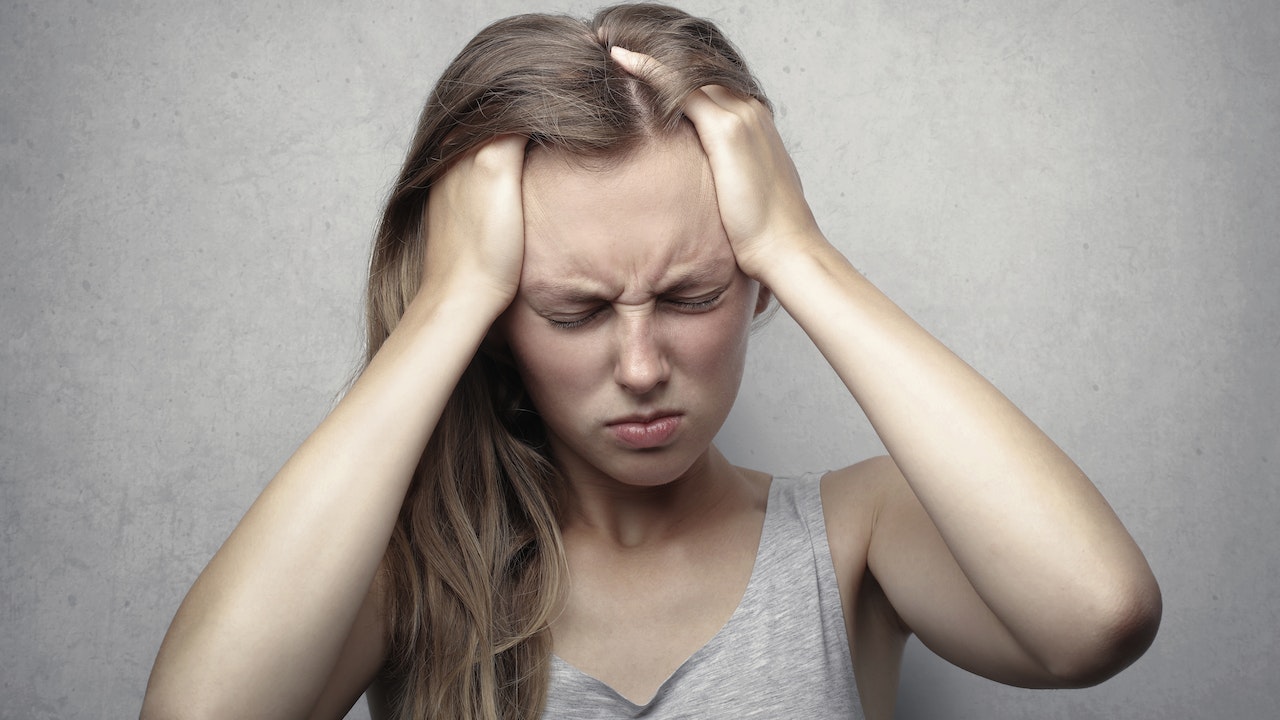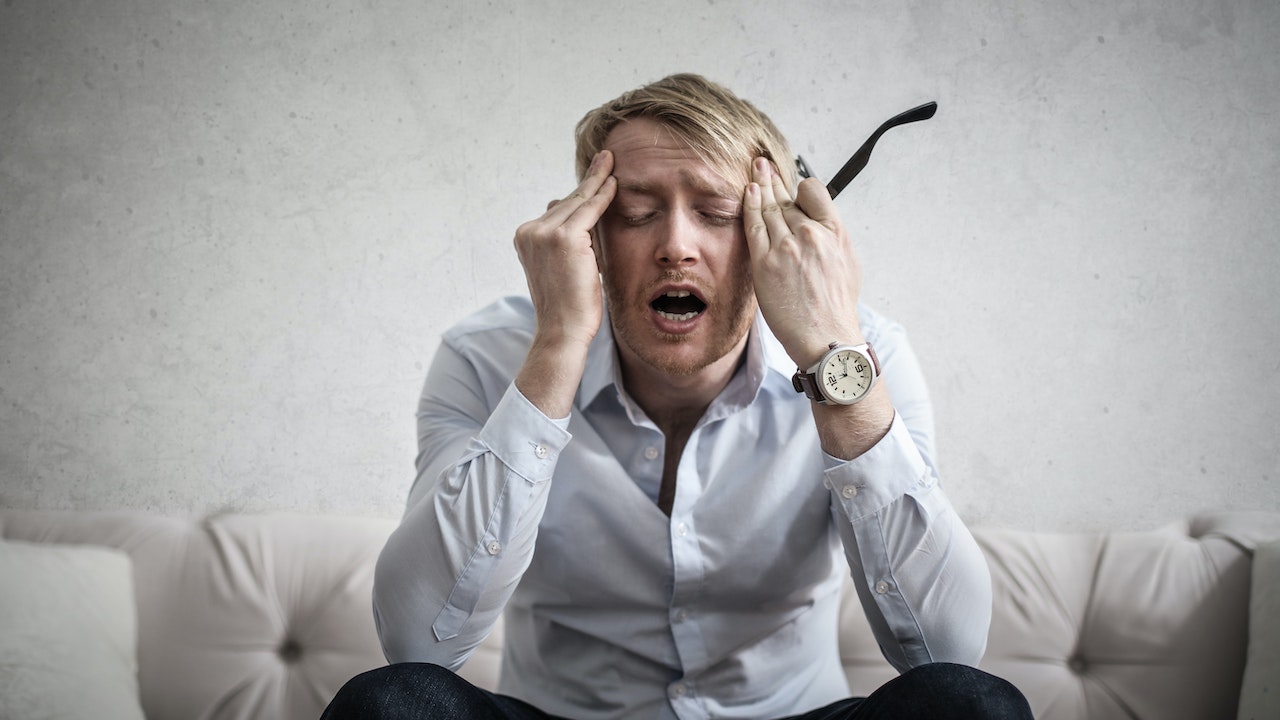What is Migraine?
Migraine is a neurologic disease that leads to high headaches for the patient. It comes in episodes and affects patients’ personal and professional life. It is a common disorder; one in ten people suffers from headaches. It is different from the regular Headache and is found by severe pulsing or throbbing pain in the head.

There are 150 types of headaches categorized into two categories Primary and secondary. It falls under the primary category of headaches. Primary Headache doesn’t occur due to medical conditions, but secondary Headache happens due to medical necessity. It hits every patient differently. It may happen due to genetics, and It happens irrespective of age.
Migraine starts from the forehead and keeps moving to the sides of the head. It keeps shifting from one side to another side. The duration of migration is between four hours the one week.
How Migraine Trigger?

Genetics: According to the study, it happens due to genetics. If your parents or grandparents suffer from headaches, there is a chance it may start affecting you according to age.
Hormones: Hormones are another reason for the attack. Changes in estrogen also trigger headaches.

Drinks: Taking more caffeine also triggers the Migraine. Don’t drink coffee, tea, wine, or beverages having more caffeine.
Stress: Stress is another cause of migraines. Try to reduce your stress level to control your headaches.

Sleep Routines: Changes in your sleep routine may trigger migraines like not having proper or quality sleep, or sleep cycle changes also trigger attacks.

Weather: Weather changes also triggers Migraine, especially in changing seasons. Cover your head and nose from dust and cold in both seasons.
Medications: Some medicines like contraceptive pills trigger your migraine headache. So avoid such drugs to get relief from headaches.
Food: Cheese and salt is the main reason for Migraine. Try to avoid food having excessive cheese and salt to prevent headaches.
Symptoms of Migraine
Prodrome
Prodrome is the first phase of the Migraine. 60% of patients can see this phase. This phase starts 1-2 days before the attack. Patients start irritated with everything, feel tired without doing anything, increased thirst, and have stomach-related problems like constipation, lack of focus, craving for food, and muscle stiffness. These are the problems migraine patients can face in the first phase.
Aura
The aura phase is before the attack or during the attack. It may long 5 minutes to an hour. 25 percent of the patients can see the Aura symptoms who suffers the Migraine, which include difficulty in speaking, numbing sensation in your face, arms, and legs, ringing in ears, loss of taste and smell, double vision and loss of vision temporary.
Attack
This stage happens when patients get an attack. An unbearable pain starts in the head, lasting 1 hour to 24 hours. One can feel chill and very hot during the attack. In the worst cases, you can get a fever.

Postdrome
Postdrome is the withdrawal phase of a headache. In this phase, you may feel emotionally imbalanced and overjoyed. It may long 1-2 days.
Prevention from Migraines
You can try various methods at home to relieve pain. Rest in a quiet and dark room helps to heal from the pain. Apply a cloth with warm or cool water on the head. It helps to relax your head and get relief from the pain.
Take a massage on your shoulders and neck to reduce your pain during the attack; if you are alone at home, you can massage yourself with a clean tennis ball. Set a tennis ball between your back and the wall and start rolling the ball against the wall and your shoulders; it may help from the pain.






